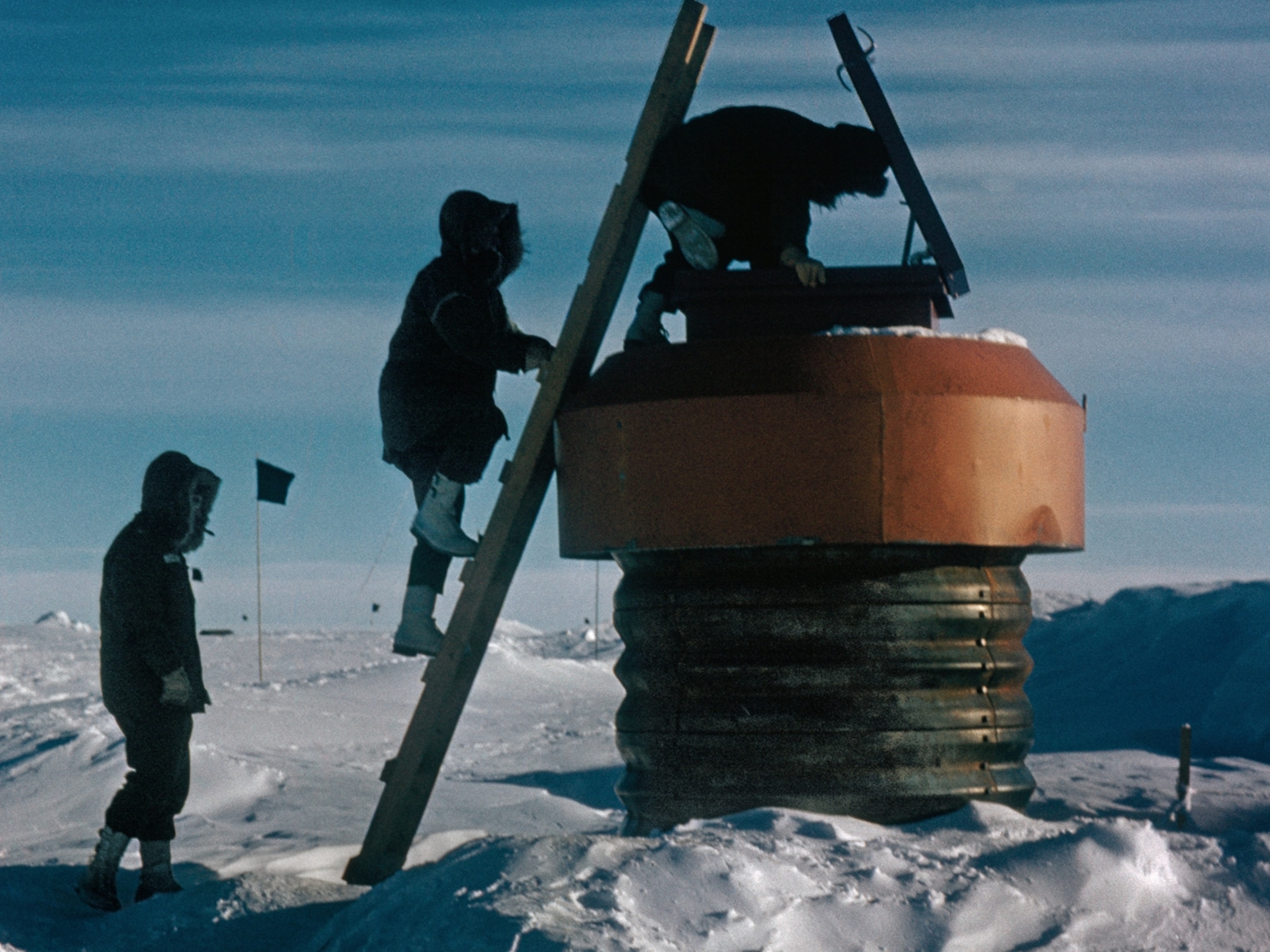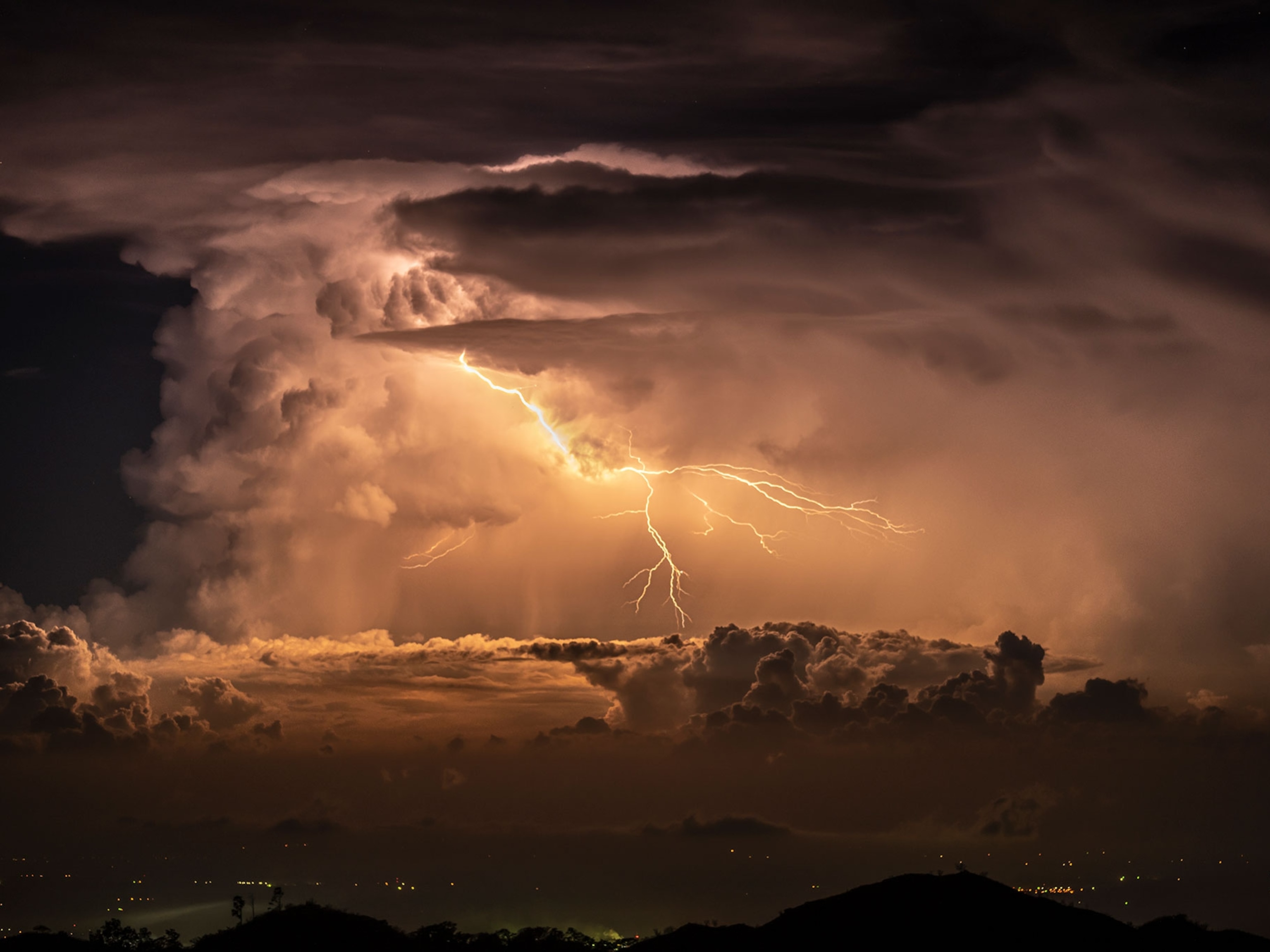Mysterious Balls of Light Aren't UFOs, Says Science
The spherical, glowing orbs of light were spotted throughout Siberia, startling witnesses—but their origins are definitely of this world.
A "flying object" was seen over Russia last night, but luckily for those fearing an alien invasion, the object can be identified.
Intercontinental ballistic missile tests are to blame for a series of large glowing orbs that seemed to mysteriously pop up across Russia's northern Siberian region overnight. They appeared in far northern Arctic regions, where they overlaid stunning aurora light shows already on display. Attracted by these auroras, many photographers were already in the region with cameras in tow.
Just 500 miles south, the spheres of light were spotted against the dark night sky.
"These were indeed missile tests," said Jonathan McDowell, an astrophysicist at the Harvard-Smithsonian Center for Astrophysics. "Four ballistic missiles were launched and at least one of them was widely observed. There is no doubt about the identification of these observations with the missile tests."
Witnesses told the Siberian Times that the orb appeared first as a solid sphere, before expanding and eventually dissipating.
"I went out to smoke a cigarette and thought it was the end of the world," witness Vasily Zubkov told the outlet.
Similar fears were shared on social media.
Russia's defense ministry told Russian outlet Tass that they fired a Topol intercontinental ballistic missile from the western region of Plesetsk to a far eastern test range on the Kamchatka peninsula. Topol missiles are capable of carrying nuclear weapons, though the missile reportedly wasn't loaded when it was launched.
The Russian military conducts these strategic exercises every year. In 2009, a failed test launch was spotted over Norway, putting on an even more bizarre show. Witnesses saw a spiral of light grow larger and larger until it finally dissipated. While the site was confusing for many, the defense ministry later confirmed that the pattern was the result of rocket malfunction.
So why were witnesses so confused by this launch?
According to McDowell, it's because we're not used to seeing objects like this moving across the sky.
"In the absence of (significant) air to mess things up, in space things happen much more symmetrically and mathematically than we are used to down here on Earth," he explained, referring to the fact that the missile had traveled high enough to cause that effect. "In particular, the rocket exhaust expands in a big bubble tens to hundreds of miles across, and if the sunlight catches it just right (because the sun is below your horizon, but the rocket is high enough to be seeing the sun) that bubble can be visible."
We're used to seeing gas the way it expands and moves away from something like a bonfire, McDowell explained, "So our intuition fails when we see the behavior of gas in space where there's not enough air to contain it."





